
Tillandsia- Air plants
One would think, that these bromeliads steal nutrients from their benevolent host, but they only use it as a home to grow on. They are indigenous to South and Central America, southern United States and Mexico. They have a love for warm weathers. Air plants are considered very chic for decoration of homes and offices. Tillandsia’s are easy to manoeuvre. Keeping one, is not rocket science and only a few basic things are required to know.

HOW TO GROW TILLANDSIA’S?
Light- Every living being requires light for its appropriate growth, air plants are no different. If the tillandsia’s are kept indoors, the lighting should be bright yet filtered. Keep the air plants within 3-5 feet of a window. Artificial light sources can also be used. People get sunburns due to direct exposure to sun, most tillandsia’s too can get easily harmed by direct sun in summers. If the tillandsia’s are kept outside, keep them in a shaded area, so as to avoid direct sun.
Water- Watering the tillandsia's thoroughly, 2-3 times a week, is ample. Tillandsia’s which are kept in hot, dry environment would require more moisture as compared to those in a cool, humid one. Spray misting is helpful between watering, but it is not enough as the only source of moisture. Air plants should not kept in standing water for a prolonged interval of time. Dehydrated tillandsia’s have curled leaves whereas healthy tillandsia’s have wide, open leaves. Tillandsia's will dry in no longer than four hours after watering.
Air- Another important requirement for the growth of your very special tillandsia’s is- air. After watering, the air plants need to have good air circulation which will help them dry. A good air circulation will be a boost towards healthy growth.
Temperature- The optimum temperature range for the lovely tillandsia’s would be 50 to 90 degrees Fahrenheit.
Fertilizers- Bromeliad fertilizers can be used, for the tillandsia's in small quantities, twice a month. Make sure not to overdo it as using the fertilizers too much can be damaging.
Terrariums- If the tillandsia’s are kept in a terrarium, they should be removed for normal watering and then put out until completely dried. If the terrarium used is large, then spray misting should be done more as large terrariums induce high air circulation.

Pups- As the tillandsia’s mature and go through their bloom cycle, they tend to produce babies also called, the "pups". The pups can be removed easily or can be kept. If kept, the pups eventually form a clump, which can be hung by strings. Mounting- As tillandsia’s are epiphytic, they can be mounted onto anything, including clay pottery, rock and stones. Many tillandsia’s look exceptionally well just hanging as well. Special adhesives are used to mount them, some of them are; liquid nails, hot glue, E6000 and tilly tacker.

THE DO'S AND DONT'S
Too much water can be damaging, too little can also be ruinous.
Too little light is a common mistake and a one step way to the killing of your plant.
Excessive use of fertilizers is a calamity best avoided.
Tillandsia’s are not harmful to pets, if your pet eats them, it will survive, the plant however will most probably not.
So, go get yourself one of these beautiful tillandsia’s and make the best of them by adorning your house with this exotic novelty.
Air Plants collection
-
Original price Rs. 399.00Original price Rs. 399.00 - Original price Rs. 399.00Original price Rs. 399.00Current price Rs. 249.00Rs. 249.00 - Rs. 249.00Current price Rs. 249.00
Ionantha Tillandsia Air Plant
Product Name: Ionantha Tillandsia Air Plant Product Description: Tillandsia is the largest genus in the bromeliad family. Tillandsia, also known...
View full detailsOriginal price Rs. 399.00Original price Rs. 399.00 - Original price Rs. 399.00Original price Rs. 399.00Current price Rs. 249.00Rs. 249.00 - Rs. 249.00Current price Rs. 249.00Sale -
Original price Rs. 1,519.00 - Original price Rs. 1,519.00Original priceRs. 1,519.00Rs. 1,519.00 - Rs. 1,519.00Current price Rs. 1,519.00
LiveTrends Design Decor, Living Lantern Air Plant
Out of stockProduct Name: LiveTrends Design Decor, Living Lantern Air Plant Product Description: Hand-placed tillandsia varieties and Moss. Copper accented m...
View full detailsOriginal price Rs. 1,519.00 - Original price Rs. 1,519.00Original priceRs. 1,519.00Rs. 1,519.00 - Rs. 1,519.00Current price Rs. 1,519.00Sold out -
Original price Rs. 399.00Original price Rs. 399.00 - Original price Rs. 399.00Original price Rs. 399.00Current price Rs. 249.00Rs. 249.00 - Rs. 249.00Current price Rs. 249.00
Chidrens Tillandsia Air Plant
Out of stockProduct Name: Chidrens Tillandsia Air Plant Product Description: Tillandsia is the largest genus in the bromeliad family. Tillandsia, also known ...
View full detailsOriginal price Rs. 399.00Original price Rs. 399.00 - Original price Rs. 399.00Original price Rs. 399.00Current price Rs. 249.00Rs. 249.00 - Rs. 249.00Current price Rs. 249.00Sold out -
Original price Rs. 1,359.00Original price Rs. 1,359.00 - Original price Rs. 1,359.00Original price Rs. 1,359.00Current price Rs. 1,048.00Rs. 1,048.00 - Rs. 1,048.00Current price Rs. 1,048.00
Foundation Livetrend Air Plant - ( Plant and Pot Both )
Out of stockProduct Name: Foundation Livetrend Air Plant Product Description: Round glass globe on a wooden base Hand-placed hardy Xerographica, and Tillands...
View full detailsOriginal price Rs. 1,359.00Original price Rs. 1,359.00 - Original price Rs. 1,359.00Original price Rs. 1,359.00Current price Rs. 1,048.00Rs. 1,048.00 - Rs. 1,048.00Current price Rs. 1,048.00Sold out -
Original price Rs. 999.00 - Original price Rs. 999.00Original priceRs. 999.00Rs. 999.00 - Rs. 999.00Current price Rs. 999.00
Mother Bloom Air Plant
Out of stockProduct Name: Mother Bloom Air Plant Product Description: Hand-woven ribbon accent Hand-planted tillandsias Dimensions : 5” x 5” x 10” Air...
View full detailsOriginal price Rs. 999.00 - Original price Rs. 999.00Original priceRs. 999.00Rs. 999.00 - Rs. 999.00Current price Rs. 999.00Sold out

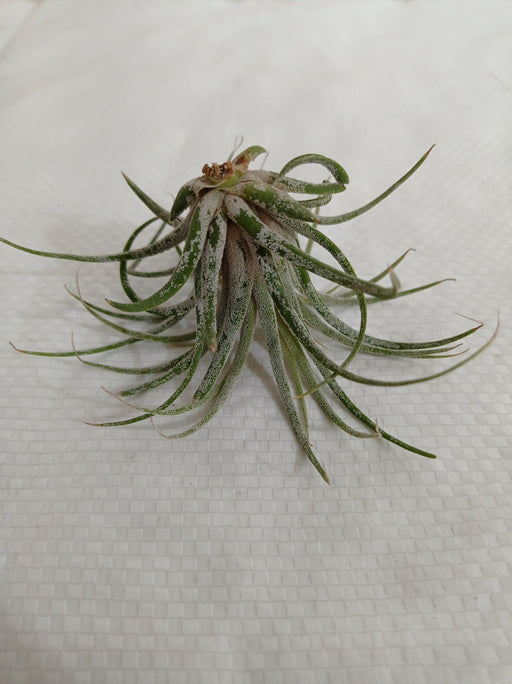
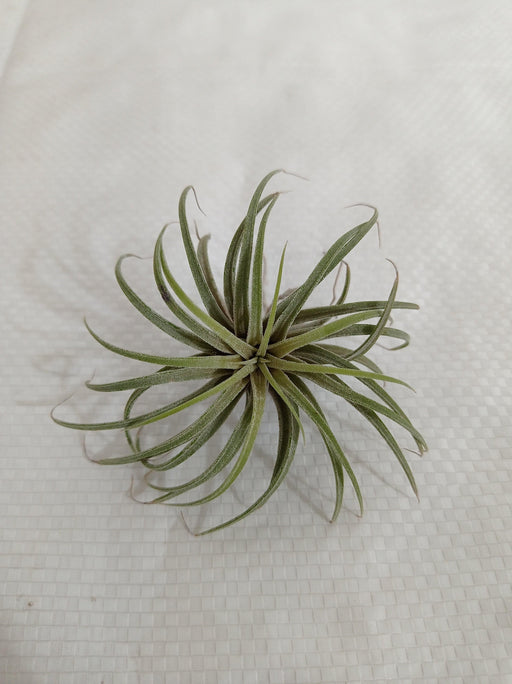
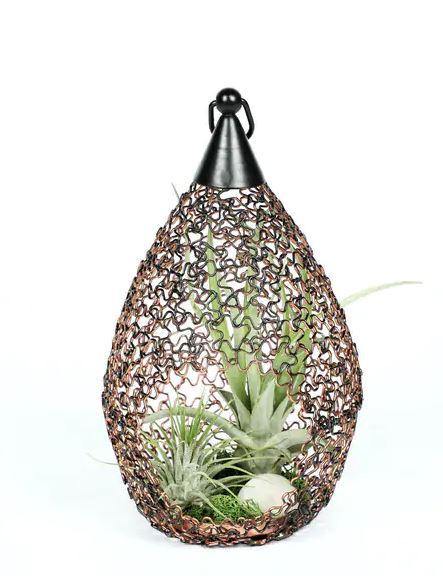
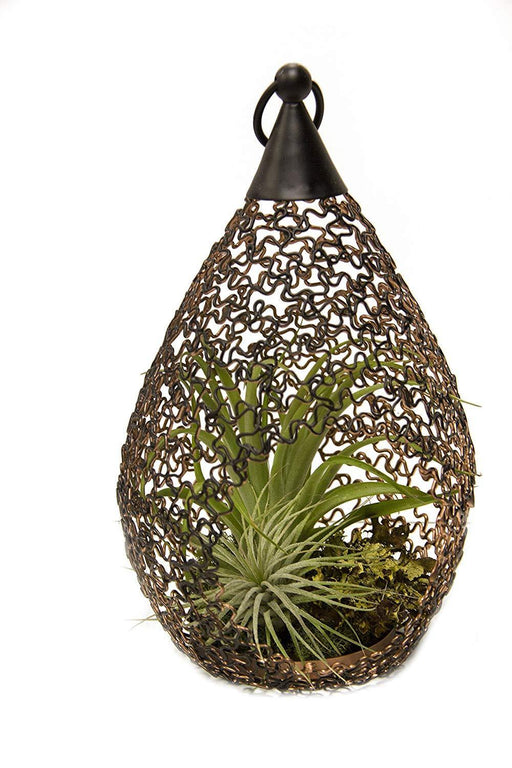
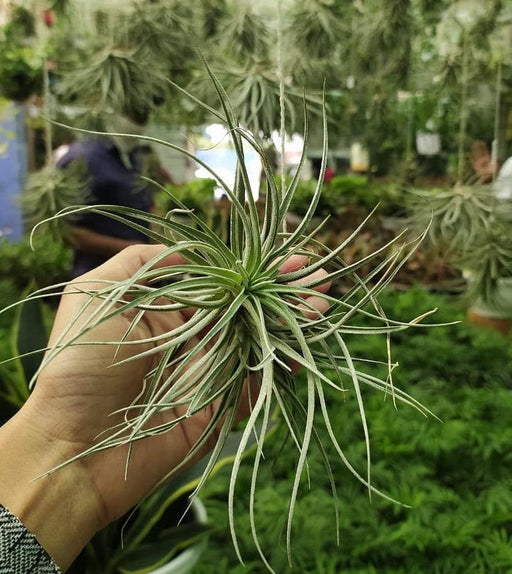
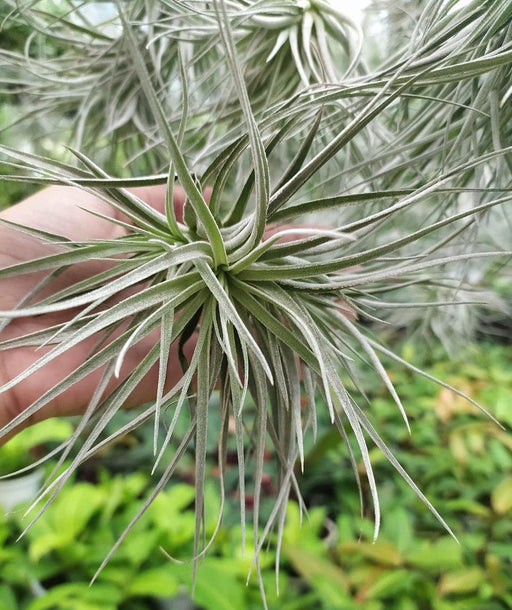
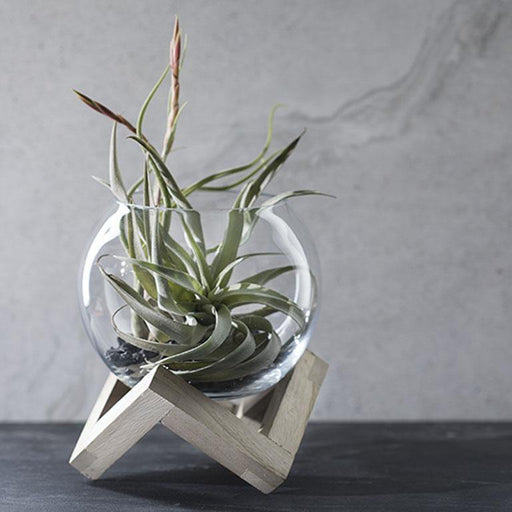
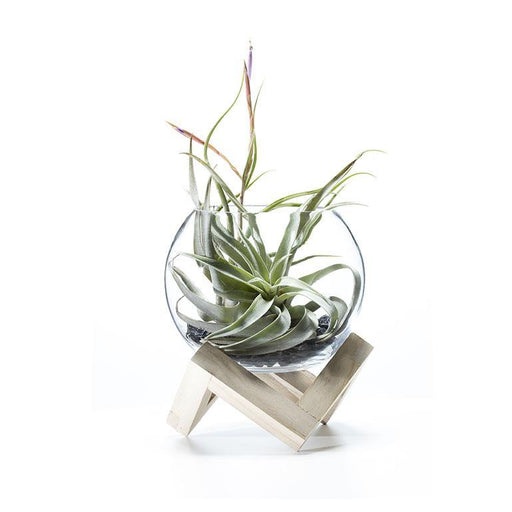
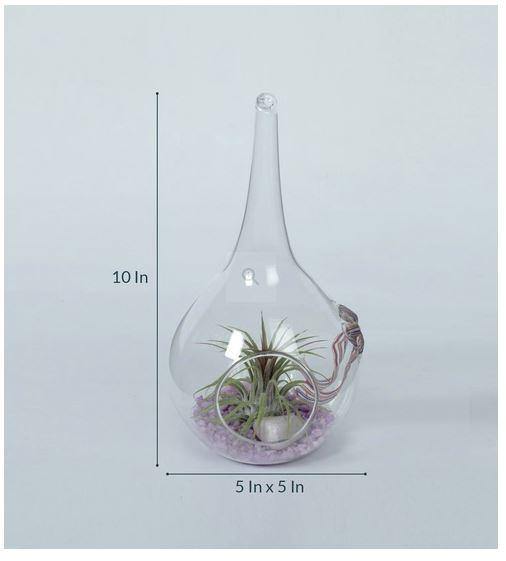
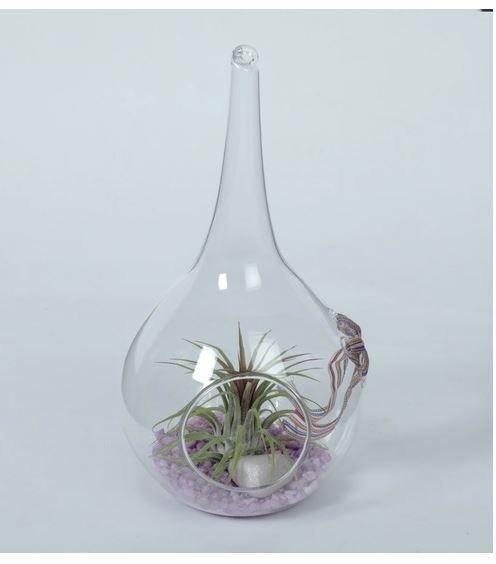
Leave a comment